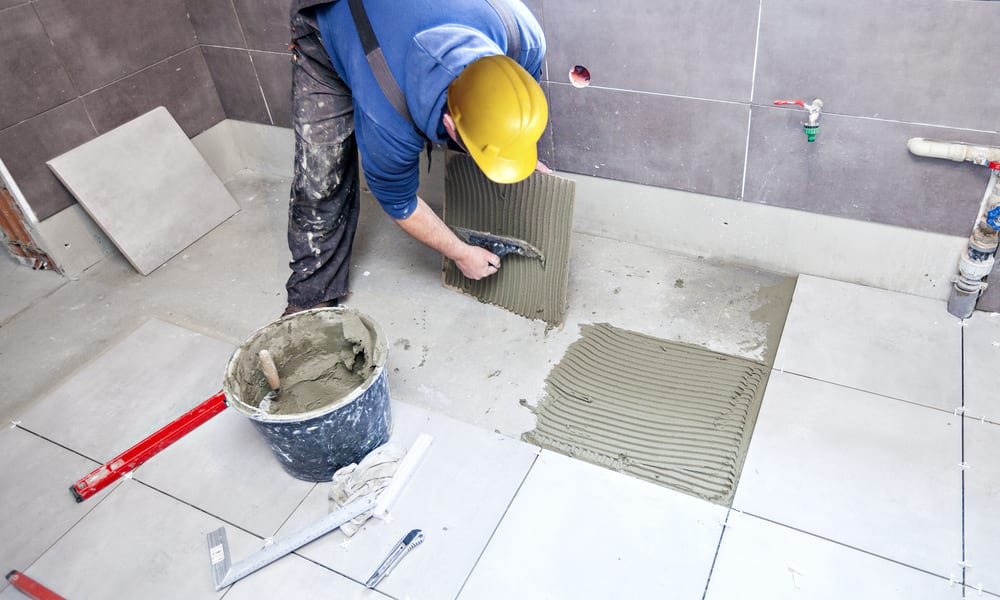Plumbing Careers in the United States: Opportunities and Outlook
The plumbing industry in the United States offers a robust career path for those interested in skilled trades. Plumbers play a crucial role in maintaining and installing water systems, ensuring the safety and functionality of buildings across the country. This article explores the various aspects of plumbing careers, including job prospects, training requirements, and the day-to-day responsibilities of plumbers in the U.S.

How do you become a plumber in the United States?
Becoming a plumber in the U.S. typically requires a combination of education and hands-on experience. Most aspiring plumbers start with a high school diploma or equivalent and then pursue one of two primary paths:
-
Apprenticeship programs: These programs combine on-the-job training with classroom instruction. Apprenticeships usually last 4-5 years and are often sponsored by unions or contractor associations.
-
Vocational training: Some opt to attend vocational schools or community colleges that offer plumbing programs. These courses can provide a foundation in plumbing theory and practice before entering an apprenticeship.
After completing an apprenticeship or vocational program, individuals can become journeyman plumbers. With additional experience and licensing, they may advance to master plumber status.
What are the training requirements for plumbers?
Training to become a plumber is comprehensive and ongoing. Initial training typically includes:
-
Basic mathematics and physics
-
Blueprint reading and drafting
-
Pipe system design
-
Safety practices and local plumbing codes
-
Tools and materials used in plumbing
-
Welding and soldering techniques
Apprentices usually complete 2,000 hours of on-the-job training per year, coupled with 246 hours of classroom instruction. Continuing education is often required to maintain licensure and stay current with evolving technologies and regulations in the field.
What is the job outlook for plumbers in the US?
The job outlook for plumbers in the United States is generally positive. According to the U.S. Bureau of Labor Statistics, employment of plumbers, pipefitters, and steamfitters is projected to grow 5 percent from 2020 to 2030, which is about as fast as the average for all occupations. This growth is attributed to several factors:
-
New construction projects
-
Replacement of aging water and sewer pipes in older buildings
-
Increased emphasis on water efficiency and environmentally friendly plumbing systems
-
Ongoing maintenance and repair needs in existing structures
The demand for plumbers can vary by region, with urban areas and regions experiencing population growth typically offering more job opportunities.
What are the salary expectations for plumbers?
Plumbers’ salaries can vary widely based on factors such as experience, location, specialization, and whether they work in residential, commercial, or industrial settings. According to the U.S. Bureau of Labor Statistics, as of May 2020, the median annual wage for plumbers, pipefitters, and steamfitters was $56,330. The lowest 10 percent earned less than $33,460, and the highest 10 percent earned more than $98,990.
| Experience Level | Median Annual Salary (USD) |
|---|---|
| Apprentice | $30,000 - $40,000 |
| Journeyman | $50,000 - $70,000 |
| Master Plumber | $70,000 - $100,000+ |
Prices, rates, or cost estimates mentioned in this article are based on the latest available information but may change over time. Independent research is advised before making financial decisions.
What are the career advancement opportunities in plumbing?
Plumbing offers various paths for career advancement. As plumbers gain experience and expertise, they can progress from apprentice to journeyman, and then to master plumber. Some plumbers choose to specialize in areas such as:
-
Gas fitting
-
Medical gas systems
-
Fire suppression systems
-
Water treatment
Additionally, experienced plumbers may move into supervisory roles, start their own plumbing businesses, or transition into related fields such as plumbing inspection or teaching at vocational schools.
The plumbing industry in the United States continues to offer stable and rewarding career opportunities for those willing to invest in the necessary training and education. With a strong job outlook, competitive salaries, and potential for career growth, plumbing remains an attractive option for individuals seeking a skilled trade profession. As technology and environmental concerns shape the future of plumbing, the field is likely to evolve, presenting new challenges and opportunities for those entering the industry.






